1,576 days, 2,409 entries ...
Newsticker, link list, time machine: HOLO.mg/stream logs emerging trajectories in art, science, technology, and culture––every day
July 2022
“Entangled: bio/media” opens at Shanghai’s Chronus Art Center (CAC), exploring “the biophilic properties of artificial intelligence, electronics, algorithms, and informatics” in a group exhibition. Unveiled progressively in thematic chapters, eleven works by Ani Liu, Shuyi Cao, Etsuko Yakushimaru, Yunchul Kim, Xu Haomin (Rootless Tree, 2022), and others narrate a parable of “co-naturality” (see Eugene Thacker’s Biomedia) and “all beings comingling and co-existing in symbiosis.”
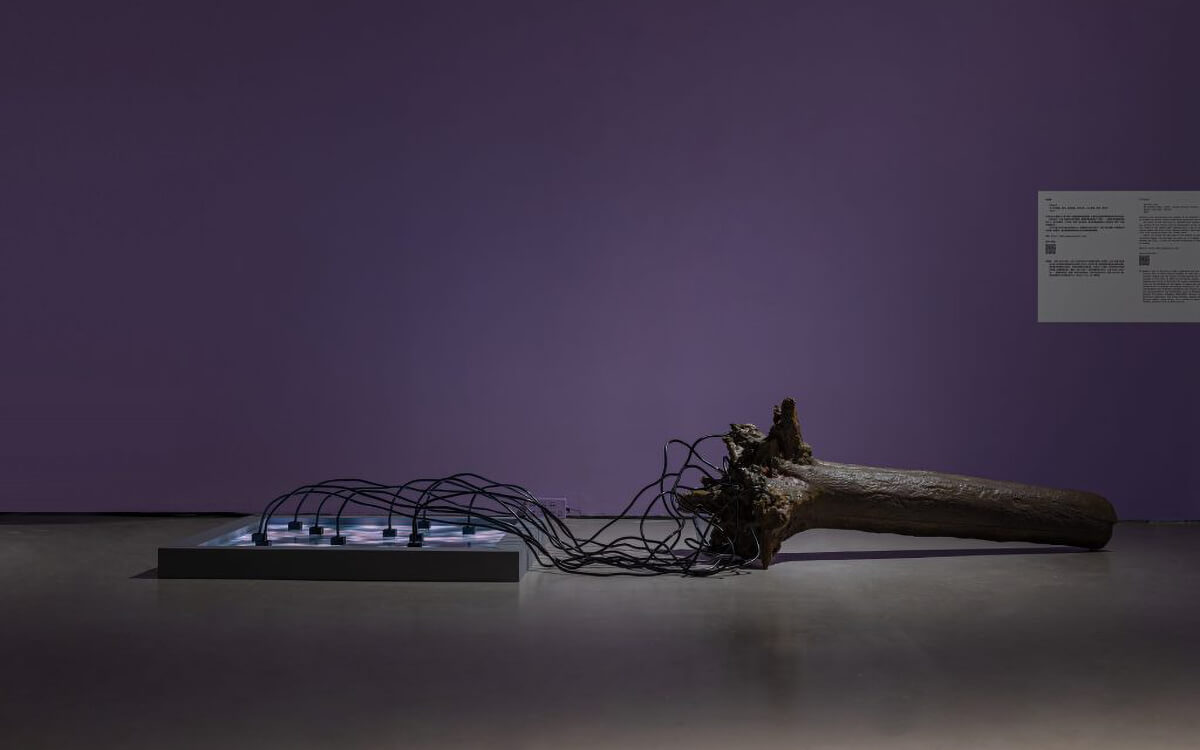
N∰menon, an installation by Melle Nieling and Amelie Mckee opens at Künstlerhaus Dortmund. Produced during a Plicnik-Collective summer residency at the German venue, it consists of a series of apparatuses intended to draw attention to the lack of a user. Drawing on video interviews that describe a mysterious event with spiritual and economic resonance, the spartan scene stokes “feelings of paranoid threat, in which the unknown opens the imagination.”
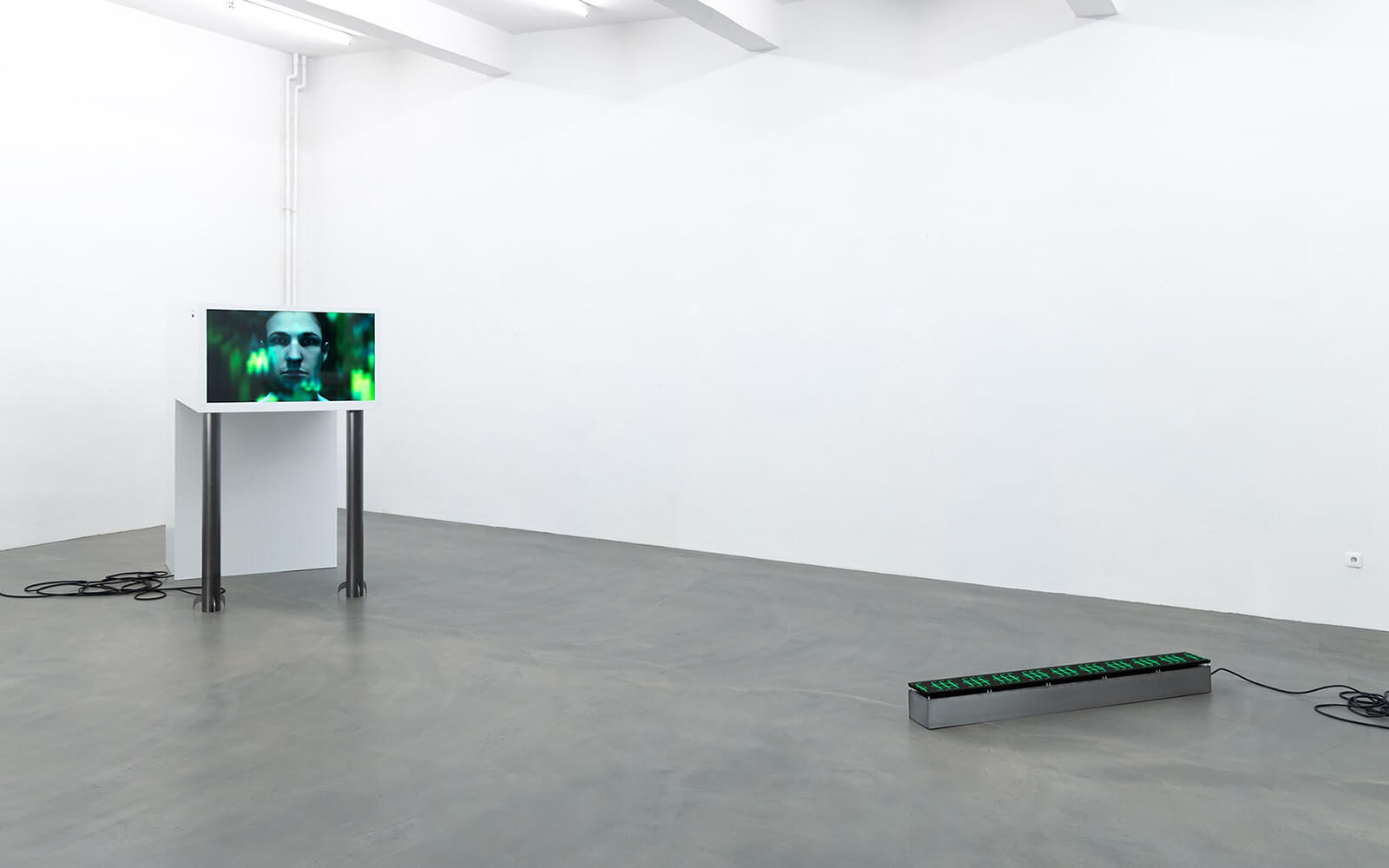
“I struggled to finish the last works of my show because I had burnt out just having to be online all the time. I can barely open my computer screen right now.”
Bob Bicknell-Knight’s solo exhibition “Non-Player Character” opens at Galeria.Kollektiva, Kassel, linking NPCs in videogames and controlled existence in a hyper-capitalist, technocratic world. Expanding on the titular CGI film, a new commission and the show’s centrepiece, the British artist presents a series of hybrid paintings featuring NPC quotes from iconic games, 3D-printed sculptures of useless inventory items, and an interactive graveyard to mourn the “digital deaths” of NPC companions.
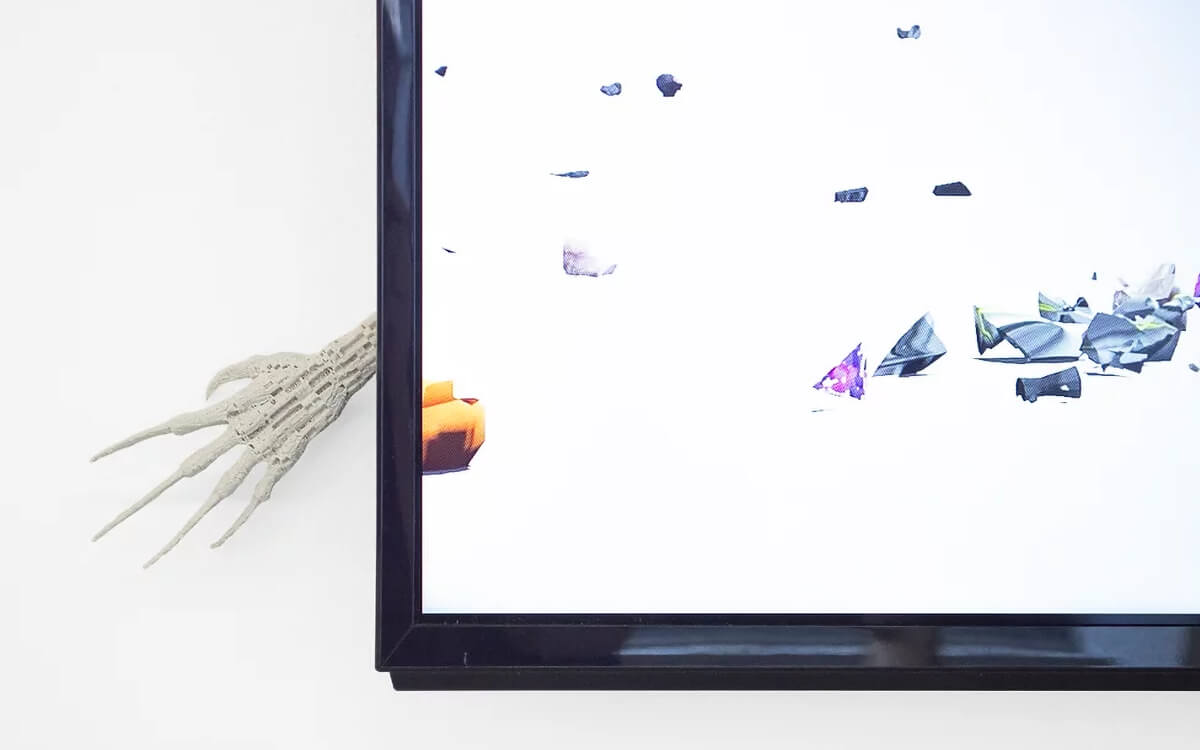
“Paired together, you’d have nearly a whole kilowatt of power being sucked up by just the processor and graphics card. Everything else will absolutely push this system over the 1000W line.”
Concluding her PlatteForum residency, Raquel Meyers’ solo exhibition “Concrete Redundancy” opens at the Denver urban art laboratory. Meyers, a Spanish artist known for her work with obsolete technologies, organizes artifacts created with typewriters, teletext, and fax machines into “techno-rubble”—a tribute to Denver7’s soon-to-be-demolished brutalist landmark. “Concrete Redundancy is a tool for the struggle,” the exhibition text states, “an Anthropocene souvenir for the future.”
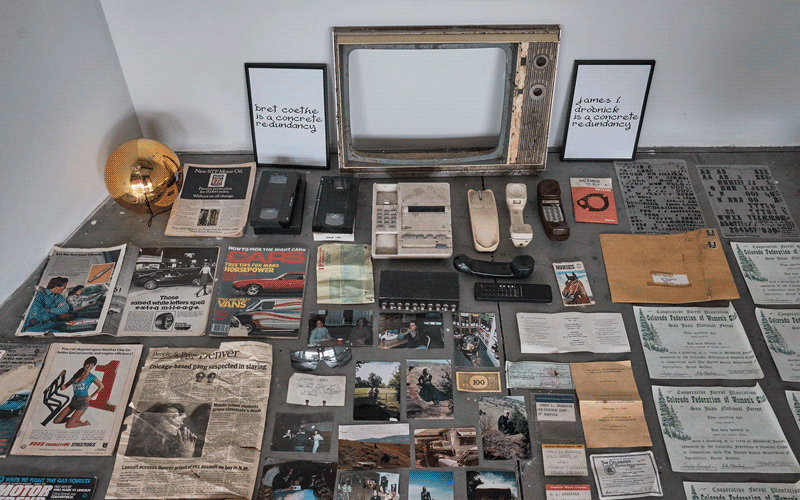
“What if Vera had decided thirty years ago that her art wasn’t selling enough or being shown in the right places and had stopped creating? It would have been a tragic loss for all of us.”
German duo Mouse on Mars (MoM) performs using ROBODYNAMIC DIFFUSION: RDD (2021, image), as part of “Technobodies,” a program across Munich venues Lenbachhaus, Haus der Kunst, and Museum Brandhorst. Jointly developed by MoM’s Jan St. Werner, Michael Akstaller, Nele Jäger, and Oliver Mayer, RDD is a directional speaker bot that projects sound in a tightly focused beam, creating opportunities to induce “controlled disorientations and sensory redirections” in audiences.
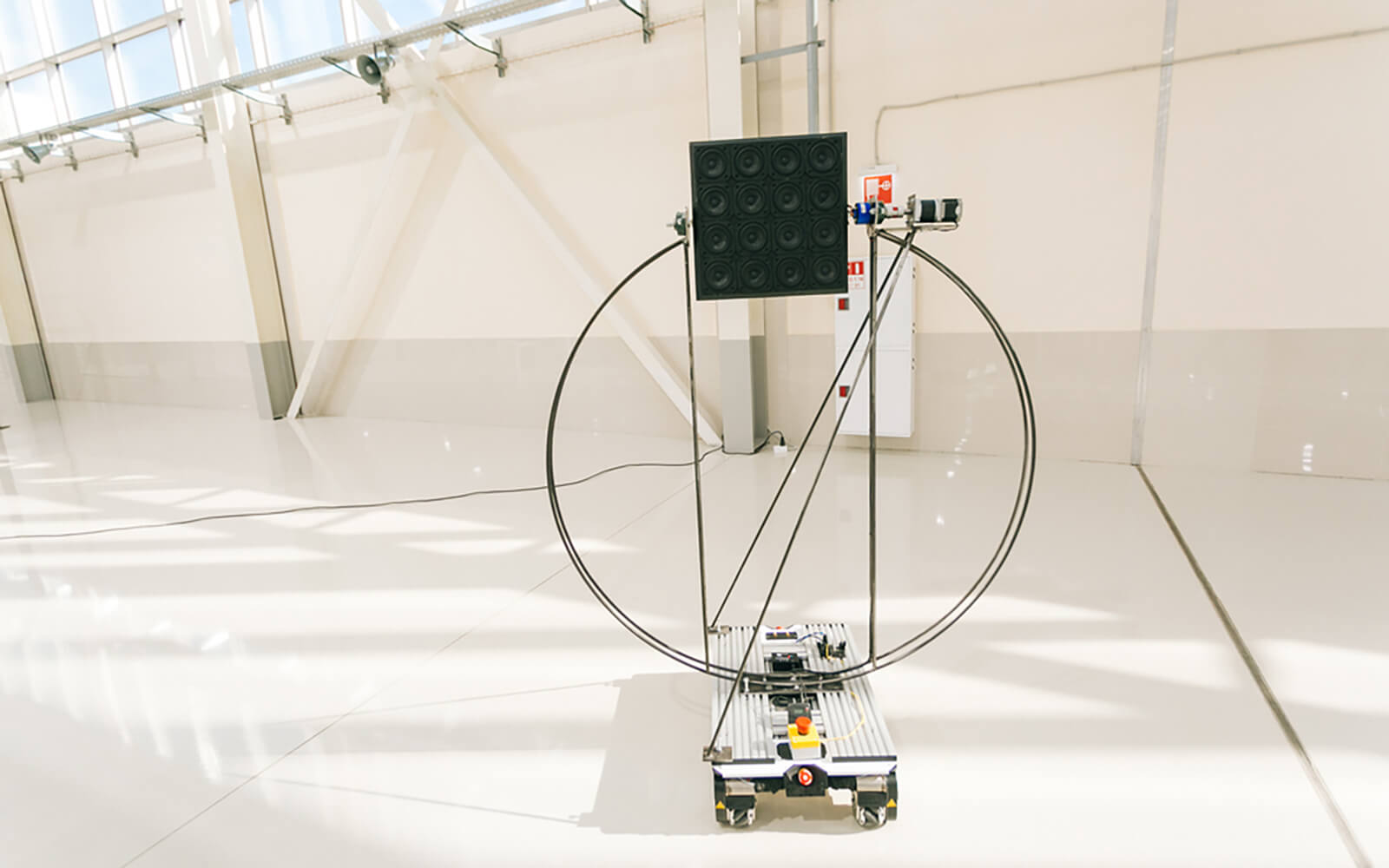
“I recently mounted a section of tracking to the ceiling of my home studio so I could be hoisted out of my wheelchair to reach heights and canvas sizes I otherwise wouldn’t be able to access.”
Exploring how medicine and shamanism can begin to blur into one another, “Post-Human Narratives—In the Name of Scientific Witchery” opens in Hong Kong. Featured artists include Betty Apple, Mayumi Hosokura, and Yu Shuk Pui Bobby, with contributed works ranging from Liv Tsim’s biomatter fabrications (2022, image) to Florence Lam’s Zirca, an extremely witchy performance about channeling energy—applying so much of it to materials that they produce light.
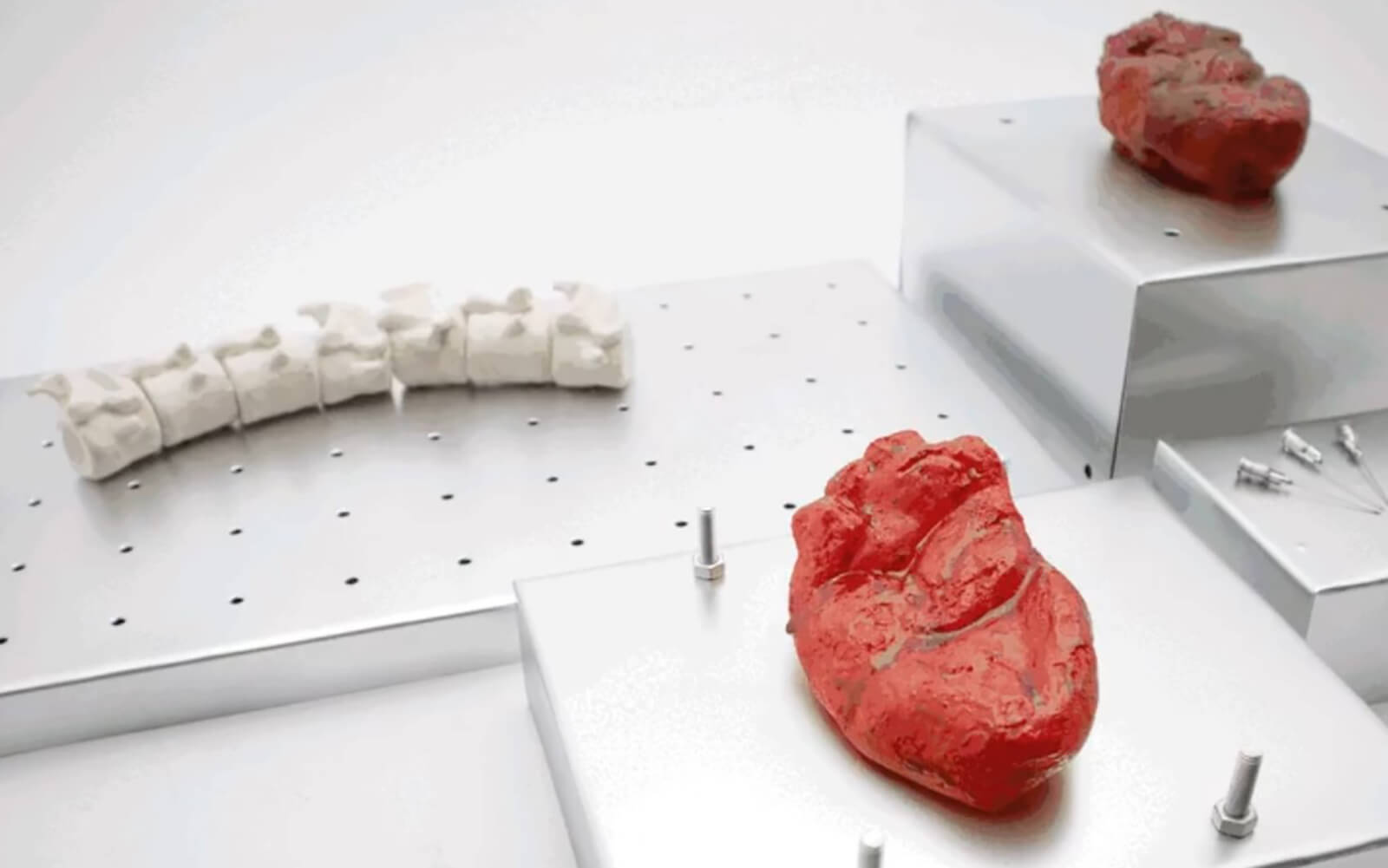
“At some point, we’re amassing all this computing power at the consumer level for the sake of amassing this power because we can. Then we just go and use it to stream Netflix.”
“Large language models make me think of the profound experience of seeing the earth from space. Maybe AI is the overview effect for humanity. Maybe writing without a computer’s-eye view in this networked world is blinkered or even selfish.”
Art director Adam Pickard tweets an AI reimagination of Charles and Ray Eames’ iconic short Powers of Ten (1977). The film depicts the relative scale of the universe by order of magnitude based on a factor of 10, first zooming out from Earth, then in to a sub-atomic level. Whereas the filmmakers (masterfully) mixed footage and illustration, Pickard had OpenAI’s DALL-E 2 meditate on 57 text prompts—which are included—and apply the new inpainting feature to fill the gaps.
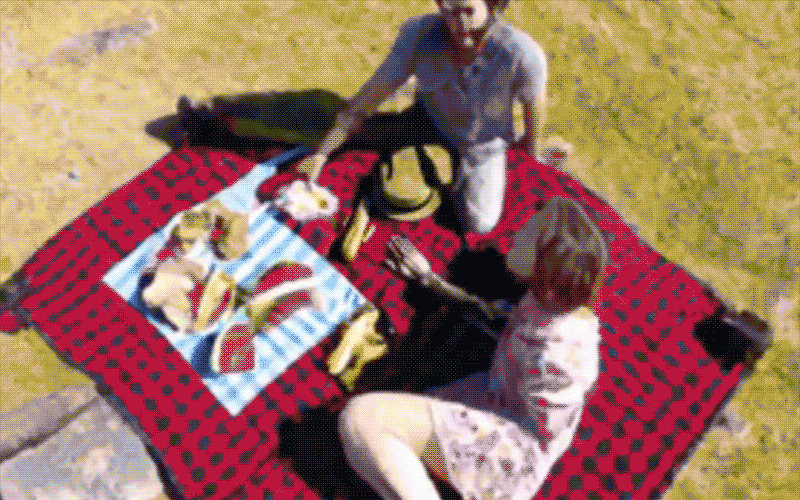
Perhaps the first bike-friendly indoor exhibition (cyclists can enter via a ramp), “bike in head” opens at Städtische Galerie Bremen, Germany. Rather than focus on the aesthetic object, included works by Wolfgang Zach, Anne Krönker, Kosuke Masuda, Aram Bartholl and others shift attention to the bicycle’s entanglement with society and self. Bartholl’s Unlock Life (2020, image), for example, stages tossed rental bikes recovered from the bottom of the Spree river.
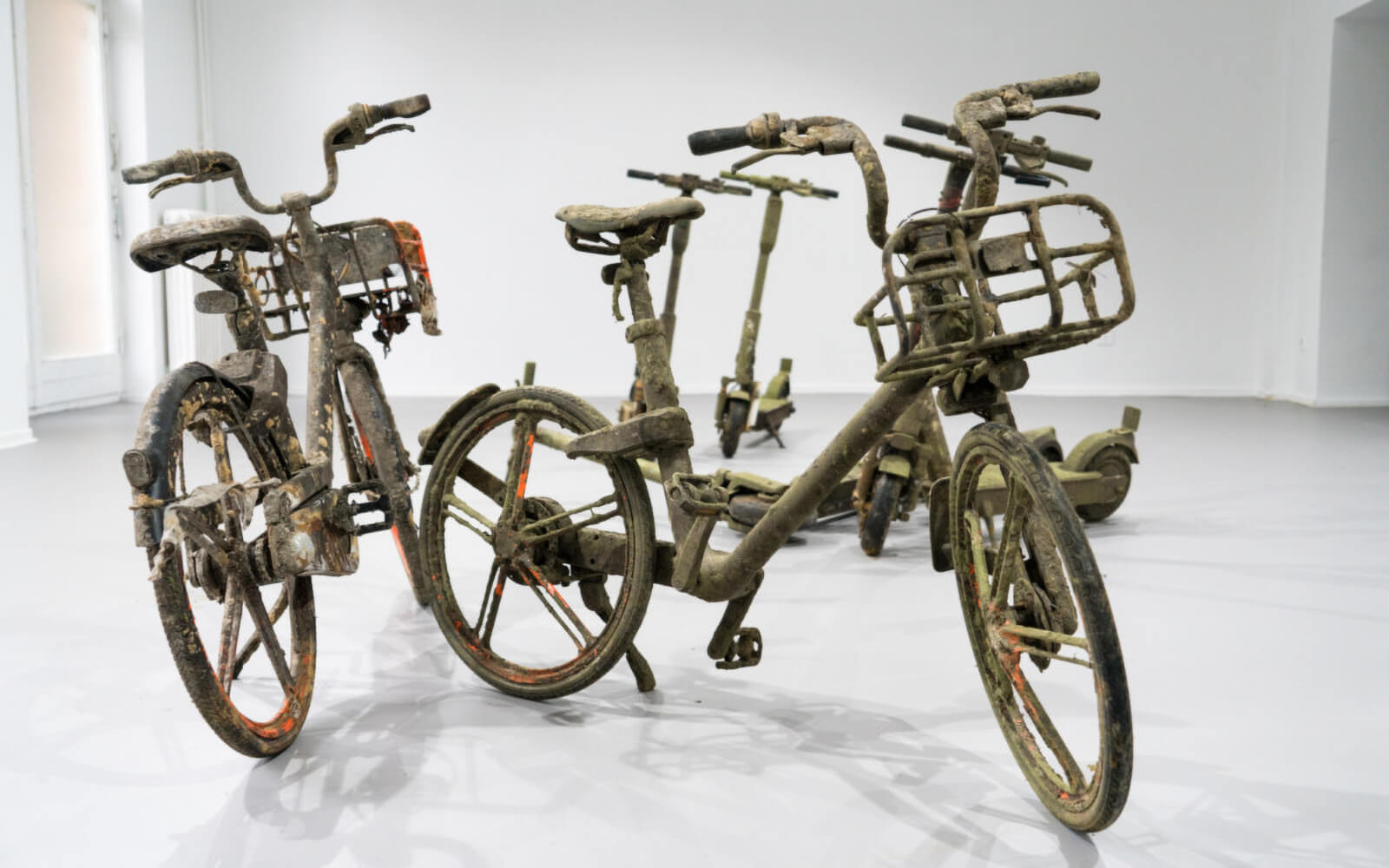
“Journalists were actually actively looking for the contrarians. It was really feeding an appetite that was already there.”
“It offers access to every file I have, making it an endless rabbit hole,” writes Matylda Krzykowski of Desktop Exhibition: A Curatorial Format (2018, image), in the latest issue of Techniques Journal. For the issue about ‘bordering,’ the Berlin-based deep thinker about space (both online and IRL) ruminates on the intimacy of digital collections, drawing on eclectic references ranging from Elizabethan home layout to Marcel Duchamp’s mini-monograph Boîte-en-valise (1935-41).
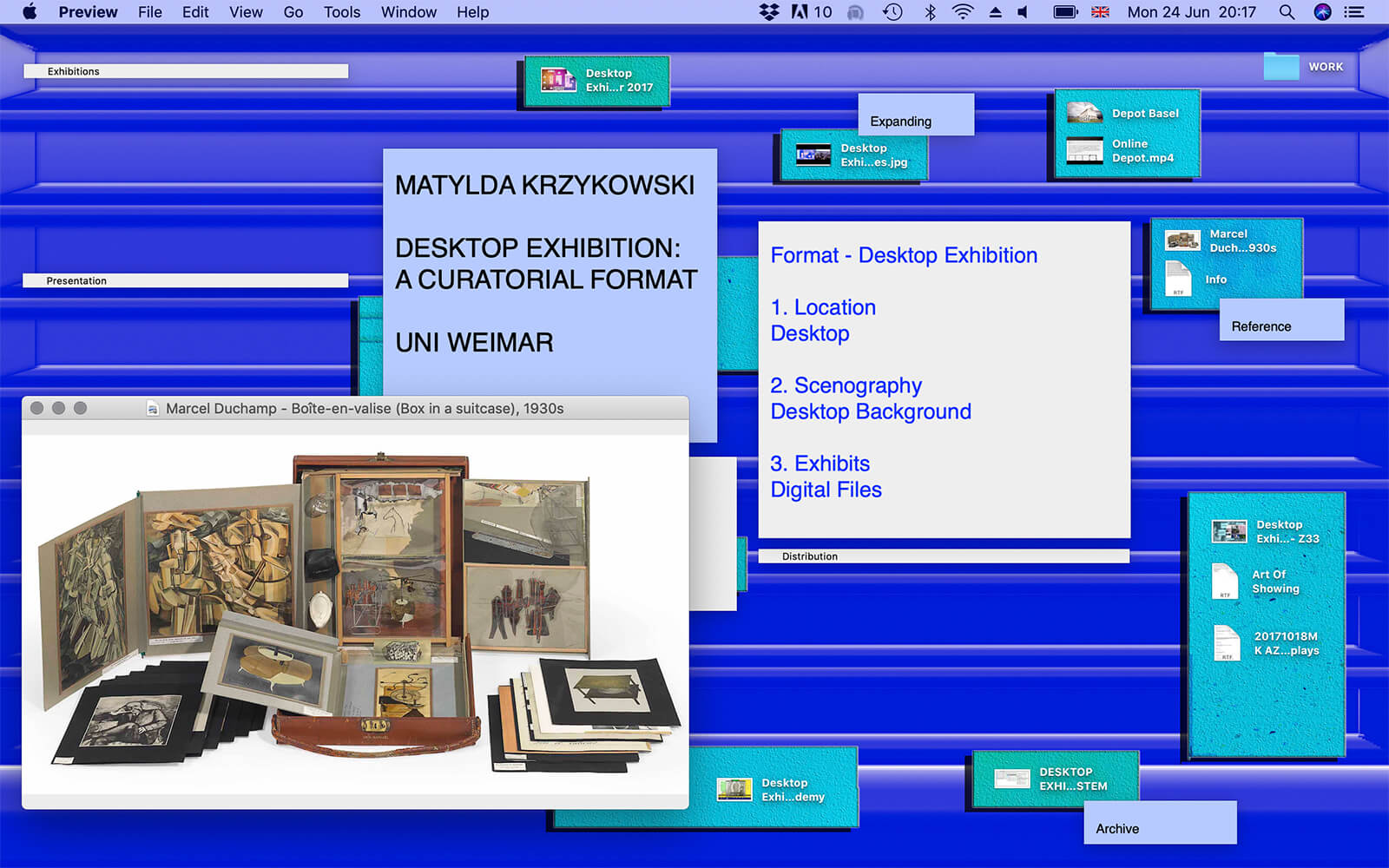
Irish CGI artist and filmmaker David OReilly calls OpenAI’s newly announced DALL-E credit system a scam. In an Instagram post (that also circulated widely on Twitter), OReilly argues that paying for an AI image generator trained on uncredited, unpaid creative labour by artists “who never asked to be included in a proprietary learning model” is a “bullshit deal.” “It rips off the past generation for the current one and charges them money for it.”
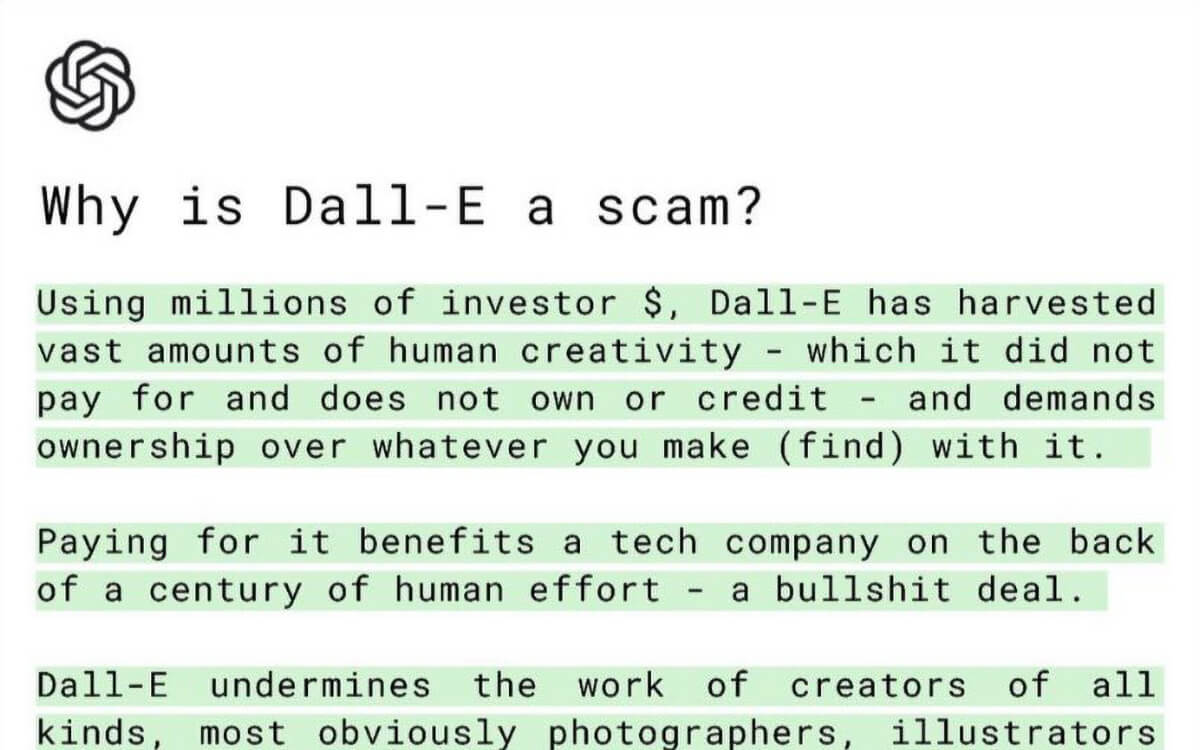
Daily discoveries at the nexus of art, science, technology, and culture: Get full access by becoming a HOLO Reader!
- Perspective: research, long-form analysis, and critical commentary
- Encounters: in-depth artist profiles and studio visits of pioneers and key innovators
- Stream: a timeline and news archive with 1,200+ entries and counting
- Edition: HOLO’s annual collector’s edition that captures the calendar year in print
